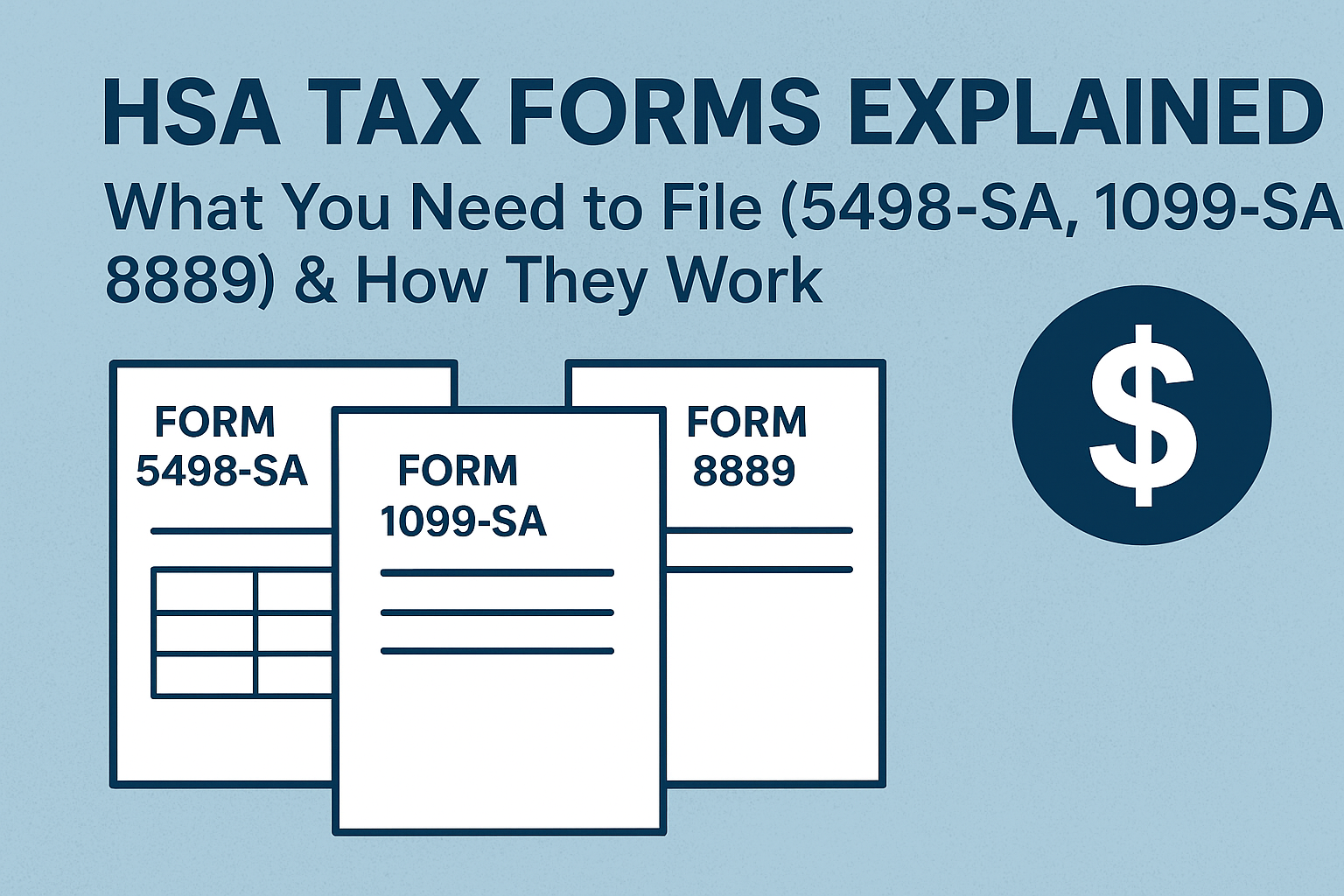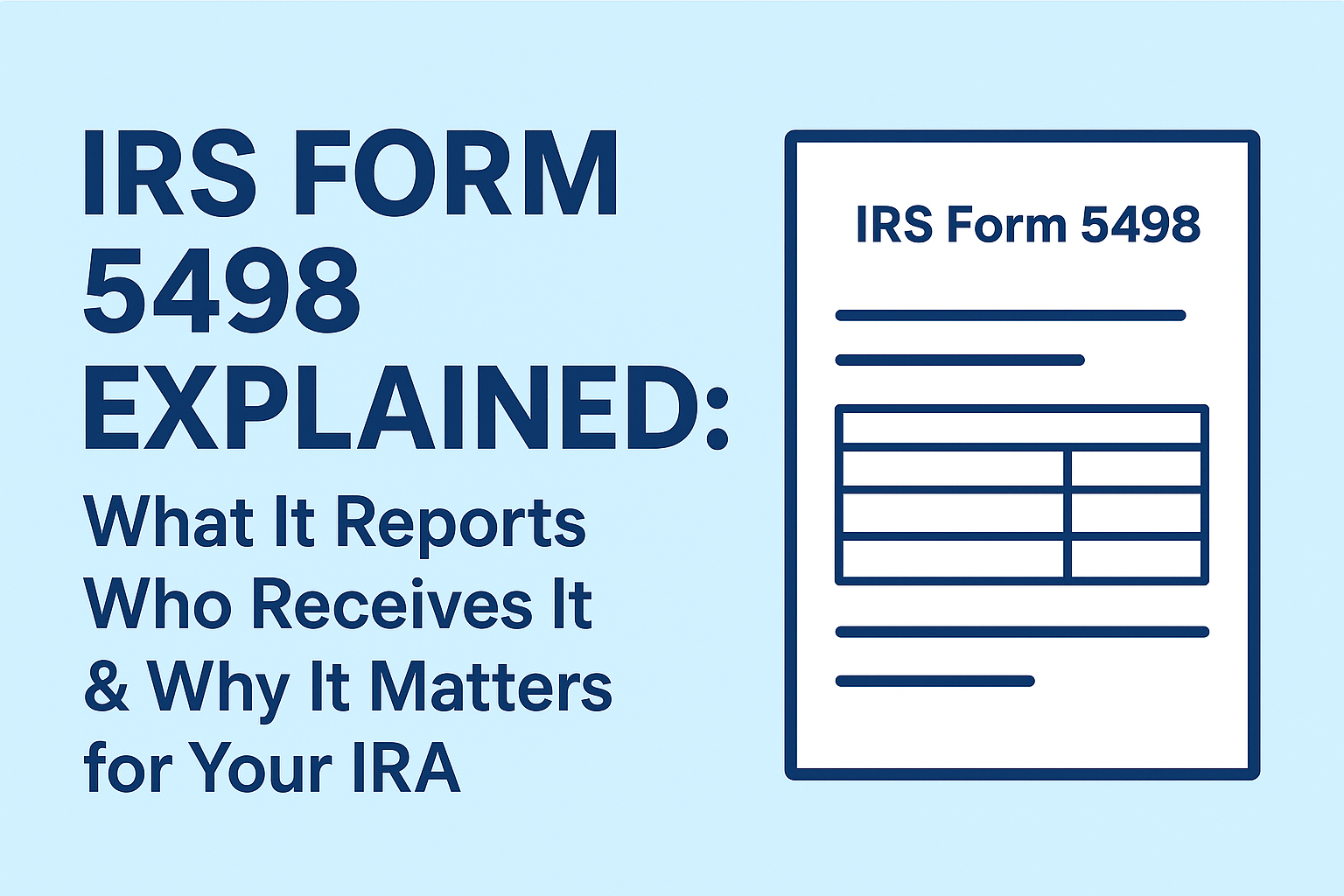
The capital gains tax state of Texas topic often sparks confusion among investors, homeowners, and retirees. Texas is well known for being one of the most tax-friendly states in the U.S., but how does that apply when you sell property, stocks, or other investments? In simple terms, Texas does not impose a state-level capital gains tax, but residents are still responsible for paying federal capital gains taxes when they profit from selling an asset. Understanding how these taxes work is essential for anyone investing or relocating to Texas, as it can significantly affect your financial outcomes.
This article explores the full picture of capital gains taxation for Texans, how federal taxes apply, what exemptions exist, and how Texas’s unique tax structure benefits investors. We’ll also cover practical examples, future legislation, and frequently asked questions to help you make informed financial decisions. Whether you are selling a home, cashing out stocks, or managing a business sale, knowing the specifics of the capital gains tax state of Texas ensures you stay compliant while maximizing your profits.
Capital gains tax refers to the tax you pay on profits when you sell a capital asset, such as real estate, stocks, mutual funds, or a business. The gain is calculated by subtracting your purchase price (and any improvement costs) from the selling price. If you sell the asset for more than you paid, the difference is your capital gain, which becomes subject to tax. In most cases, this tax applies only when the gain is realized meaning you have actually sold the asset, not just when its value increases on paper.
There are two categories of capital gains: short-term and long-term. Short-term gains apply to assets held for one year or less and are taxed as ordinary income. Long-term gains apply to assets held for more than a year and are taxed at reduced rates. While many states impose additional taxes on these profits, the capital gains tax state of Texas operates differently, providing residents with a substantial advantage through its absence of a state income tax.
Texas has built a reputation as a haven for individuals and businesses due to its no-income-tax policy. This structure sets Texas apart from most states that levy taxes on both ordinary income and capital gains. Because the state doesn’t tax income, it also doesn’t tax the profits earned from selling assets. As a result, residents of Texas can sell property or investments without paying any state-level capital gains tax, which can translate into significant savings.
However, that doesn’t mean Texans are entirely free from capital gains obligations. The federal government still taxes capital gains, and those rules apply nationwide. The capital gains tax state of Texas label is somewhat misleading, it simply means that while you don’t owe Texas any tax on capital gains, you must still comply with the federal rules set by the IRS. Understanding this distinction ensures you accurately calculate and report your gains each tax year.
The short answer is no, Texas does not have its own capital gains tax. Because there is no state income tax, the state also lacks a mechanism to collect taxes on capital gains. Whether you sell real estate, business assets, or investments, your profits are not subject to state taxation. This feature makes Texas particularly attractive for entrepreneurs, retirees, and investors who want to minimize their total tax burden.
That said, Texas residents must still pay federal capital gains tax based on how long they held the asset and their overall taxable income. In essence, while the capital gains tax state of Texas rate is zero, the federal system still applies. For example, if you sell an investment property in Austin, you won’t pay any Texas tax, but you will report and pay the corresponding federal tax rate depending on your income bracket and gain type.
Since Texas doesn’t impose its own capital gains tax, Texans are governed entirely by the federal capital gains tax structure. The IRS classifies gains into two primary types, short-term and long-term and each has its own tax rate. Short-term gains are taxed at your normal income tax rate, which can reach as high as 37%, while long-term gains enjoy more favorable rates ranging from 0% to 20%, depending on your taxable income.
This system means that the capital gains tax state of Texas still requires residents to manage their investments strategically. For example, holding an asset for more than a year before selling can significantly lower your tax bill. Federal tax planning such as using deductions, exemptions, and timing your sales remains just as important in Texas as it is anywhere else, even though there’s no state layer to account for.
The difference between short-term and long-term capital gains is one of the most crucial aspects of understanding how your taxes are calculated. A short-term gain applies to assets sold within one year of purchase and is taxed at your regular federal income tax rate. This can result in higher taxes if your income places you in a top bracket. Long-term gains, however, apply to assets held for more than a year and are taxed at significantly reduced rates 0%, 15%, or 20%.
In addition to the standard capital gains tax, certain high-income earners may face additional surcharges under federal law. The Net Investment Income Tax (NIIT) imposes a 3.8% tax on investment income including capital gains if your modified adjusted gross income exceeds $200,000 for single filers or $250,000 for married couples. This surcharge is often overlooked but can increase your effective tax rate.
Real estate investors may also encounter depreciation recapture, which applies to the depreciation you claimed during ownership. When you sell the property, the IRS taxes that amount at a maximum rate of 25%. While Texans benefit from no state tax, these federal add-ons mean that even in the capital gains tax state of Texas, strategic tax planning remains essential to avoid surprises at filing time.
Even though Texans pay no state-level capital gains tax, there are still several federal exemptions and deductions that can help minimize overall liability. The most common is the primary residence exclusion, which allows you to exclude up to $250,000 in capital gains ($500,000 for married couples) when selling your main home, provided you lived there for at least two of the last five years. This benefit can eliminate taxes for many homeowners entirely.
Investors can also take advantage of loss harvesting selling losing investments to offset gains elsewhere. If your capital losses exceed your gains, you can deduct up to $3,000 in net losses each year against ordinary income and carry the remainder forward. These deductions and exemptions apply uniformly across all states, including the capital gains tax state of Texas, offering opportunities to reduce or delay federal taxes.
Real estate sales often generate substantial capital gains, and while Texas imposes no additional state taxes, you must still handle the federal component carefully. If you sell your home or investment property, you can often minimize taxes by leveraging exclusions or reinvestment strategies. For homeowners, the primary residence exclusion provides significant relief; for investors, deferral strategies such as 1031 exchanges can help preserve wealth.
A 1031 exchange allows you to defer paying federal capital gains tax by reinvesting the proceeds into another “like-kind” property within 180 days. This is especially valuable for real estate investors in the capital gains tax state of Texas, who can continue to grow their portfolios without losing capital to immediate taxation. However, these exchanges must follow strict IRS rules regarding timing and property identification to qualify.
Calculating capital gains for Texans is relatively simple compared to states with their own tax systems. You start by determining your gain: subtract your cost basis (purchase price plus improvements and fees) from your sale price. The resulting figure is your taxable gain. For example, if you bought a property for $200,000 and sold it for $300,000 after two years, your $100,000 profit would be taxed federally as a long-term capital gain.
Even without state taxation, Texans can use smart planning to reduce their federal tax liabilities. One of the most effective approaches is holding assets long-term, which qualifies them for lower tax rates. Timing your sales to fall in years with lower income can also help you stay in a lower tax bracket. Additionally, offsetting gains with capital losses through loss harvesting can significantly decrease your taxable income.
For real estate, consider reinvesting through 1031 exchanges or using the home sale exclusion if eligible. Investors in startups or small businesses may qualify for partial or full exclusion under the Qualified Small Business Stock (QSBS) rule if specific requirements are met. All these strategies work seamlessly in the capital gains tax state of Texas, allowing residents to optimize their investment returns within the federal system’s framework.
As of now, Texas shows no signs of changing its stance on income or capital gains taxes. In 2025, state lawmakers proposed a constitutional amendment, Senate Joint Resolution 18, to permanently ban any future state capital gains tax. If ratified by voters, it would prohibit the legislature from taxing realized or unrealized gains for individuals, estates, or trusts. This measure reinforces Texas’s commitment to maintaining a tax-friendly environment. For investors and professionals offering offshore tax preparation service, such consistency in tax policy enhances confidence and strategic planning opportunities.
The passage of this amendment would solidify the capital gains tax state of Texas as a permanent zero-tax jurisdiction for investors. While some states might increase taxes to boost revenue, Texas continues to attract businesses and residents with its low-tax structure, diversified economy, and lack of state-level burdens. This policy stance positions Texas as a top destination for those seeking financial efficiency, global tax optimization, and long-term investment growth.
To summarize, the capital gains tax state of Texas offers residents one of the most favorable environments in the nation for investors and property owners. Texas imposes no state capital gains tax, allowing individuals to keep more of their profits from asset sales. However, federal capital gains tax still applies, and understanding those rules remains crucial for accurate tax planning and compliance.
Whether you’re selling real estate, cashing in investments, or planning for retirement, being informed about capital gains tax ensures you make smarter financial decisions. Texas’s commitment to low taxation continues to attract investors and businesses, making it not only an economic powerhouse but also one of the most financially efficient states for long-term wealth building.
1. Does Texas have a capital gains tax?
No. Texas has no income tax, which means there is also no state capital gains tax. Texans only pay federal capital gains tax.
2. Do I pay tax when selling my home in Texas?
You may owe federal tax, but you can exclude up to $250,000 ($500,000 if married) if you meet the ownership and residency requirements.
3. Are short-term and long-term gains taxed differently?
Yes. Short-term gains are taxed as ordinary income; long-term gains have reduced rates of 0%, 15%, or 20%.
4. Does Texas tax cryptocurrency profits?
No. Crypto gains are taxed federally but not by Texas, since the capital gains tax state of Texas rate is zero.
5. Will Texas ever introduce a capital gains tax?
It’s highly unlikely. The 2025 constitutional amendment aims to prohibit such a tax permanently.





